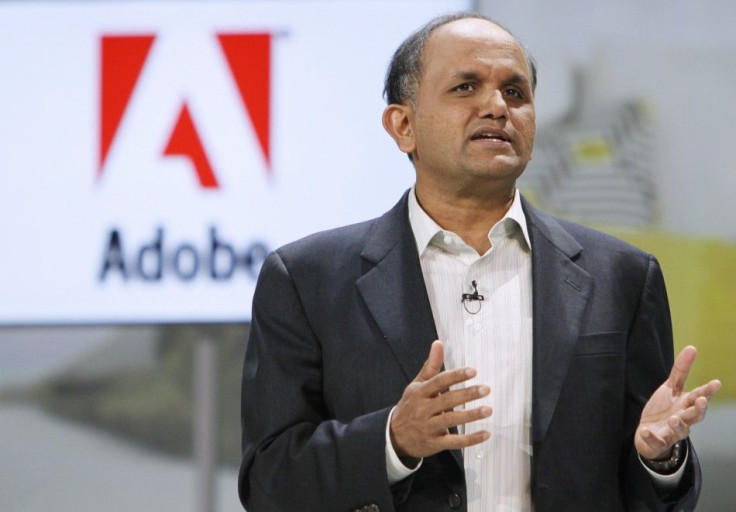Adobe Flash Mobile Dead: What it Means For Consumers

Steve Jobs was right. The long-term viability of Adobe Flash was questionable, and now Adobe Flash Mobile is dead. Jobs, to many people's dismay at the time, elected not to support Adobe Flash Mobile on the iPhone, and Adobe Flash did not come preinstalled on any Apple product. That's because he was betting on HTML5 (the non-proprietary Flash alternative).
Jobs publicly lambasted Adobe in an open letter to Adobe posted on the Apple website in April 2010: New open standards created in the mobile era, such as HTML5, will win on mobile devices (and PCs too), said Jobs. Perhaps Adobe should focus more on creating great HTML5 tools for the future, and less on criticizing Apple for leaving the past behind.
Adobe has heeded Jobs' advice. As they begin to focus on creating new tools for the future, the company will be laying off 750 employees — about seven percent of their workforce.
We will no longer adapt Flash Player for mobile devices to new browser, OS version or device configurations, said Adobe in a written statement. HTML5 is now universally supported on major mobile devices, in some cases exclusively. This makes HTML5 the best solution for creating and deploying content in the browser across mobile platforms.
For most consumers, this won't mean much. As we previously reported, Apple's Safari Mobile web browser makes up for a large majority of mobile browser market share. Safari Mobile does not support Adobe Flash Mobile at all.
For all the Android users, the death of Adobe Flash Mobile won't have much of an impact either. Although Android Browser does support a the Flash Mobile plug-in, most websites prefer to code in Flash-alternatives for mobile browsing because of concerns over stability and battery usage. For the most part, Adobe is adapting to larger trends that have already been taken on by consumers and other businesses.
While Adobe Flash Mobile may have discontinued, Adobe Flash for the desktop remains relatively strong. According to Stat Owl, As of August 2011, Adobe Flash made up for 95.71 percent of total browser plugin usage. Though that may be true, the desktop browser market share is declining, and Jobs predicted that Adobe Flash would eventually lose to HTML5 on desktops too.
Adobe was careful to include details about its desktop version of Adobe Flash. Adobe will continue to support Flash for markets such as premium gaming and premium video.
We are already working on Flash Player 12 and a new round of exciting features which we expect to again advance what is possible for delivering high-definition entertainment experiences, Adobe said in a written statement. And, we will design new features in Flash for a smooth transition to HTML5 as the standards evolve so developers can confidently invest knowing their skills will continue to be leveraged.
© Copyright IBTimes 2024. All rights reserved.











